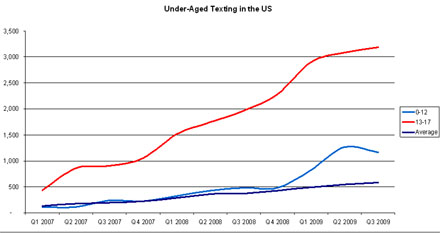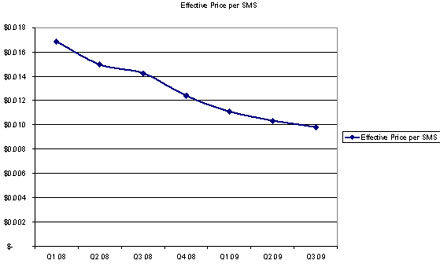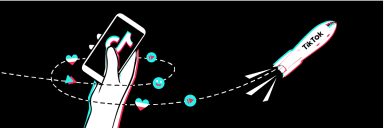Roger Entner, Senior Vice President, Research and Insights, Telecom Practice
The anecdotes documenting the love affair between teenagers and texting are countless. Many parents can attest that their offspring text rather than talk, even when they sit next to each other in the back of the car. Their children text in the morning before they brush their teeth and continue late into the night with the last text messages, also called SMS, sneaked in under the covers right before they close their eyes to sleep. Until now, there has been very little firm data available about how pervasive texting has actually become among the under-aged.

Nielsen analyzes more than 40,000 mobile bills every month to determine what consumers actually are spending their money on. The results are staggering: American teenagers are using 3,146 messages a month, which translates into more than 10 messages every hour of the month that they are not sleeping or in school. Even the under 12 segment are sending 1,146 messages per month, which is almost four text messages per waking hour that they are not at school.
While the 13-17 year old age bracket is already highly saturated, the last holiday season was good to the under 12 segment when it came to text messaging. A full 8 percent increase in SMS usage was measured combined with a near doubling in text message volume for that segment in the following quarter (Christmas, Hanukkah, and Kwanzaa are late in December, so usage increases will be recorded in Q1).
There has been a lot of discussion regarding the cost of texting, mainly driven by the increasing individual per message price. Looking at the same bill panel we can see that only a very small percentage of people who text message are doing so on a pay-as-you-go basis at the 20 cent per message rate with the vast majority of users subscribing to plans. When we actually incorporate the effect that the significant uptake of messaging bundles has on the actual price that customers are paying for each text message, we find that wireless customers are actually paying only 1 penny per message.

The text messaging market in the United States is very similar to the newspaper or magazine market. For example, the Wall Street Journal’s newsstand price is $2, but if you subscribe to the Journal, it is $119 per year–a whopping 80 percent discount. For People Magazine, the cover price is $3.99 while the annual subscription is 47 percent off at only $2.09 an issue, a great deal if you are subscribing. For text messaging, the discount is more than 95 percent, due to the heavy prevalence of large texting bundles. What is even more interesting is that from first quarter 2008 to third quarter 2009, the effective price of a text message has decreased by 47 percent.
After all the negative publicity that text messaging has received, a look at the facts is showing quite a different picture. When one takes into account usage, text messaging is very affordable and cheaper than ever before, especially when compared to various European countries where texting has been widespread for years. While U.S. carriers offer unlimited texting for between $10 and $20 per month (if it is not already bundled into the plan), not every country in Europe is as competitive as the United States. For example, Germany, the largest European market, wireless providers charge about €25 for between 300 text messages and 30 MMS and up to 3000 text messages per month.
Overall, text message usage is also expected to grow as the heavy text messaging population ages and entices the older generations to text with them in order to stay in contact with them as any parent of a teenager can probably attest to. The average text message number has increased every year, but the huge room for growth that is still remaining has been underestimated given the penchant for texting among the 17 and under segment.


